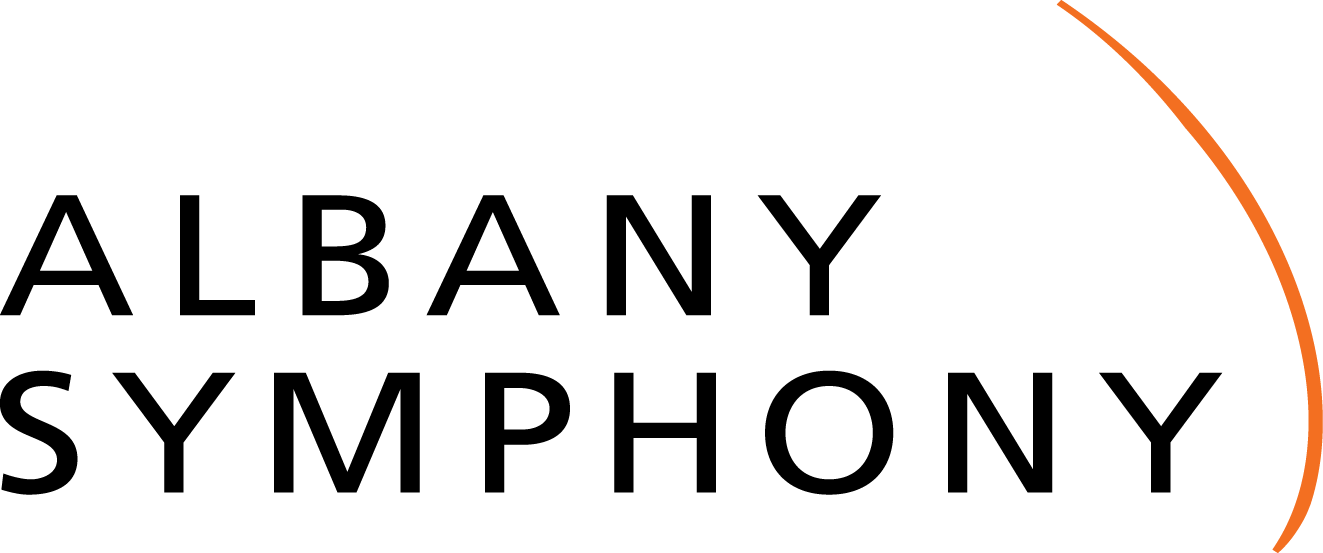Here are three terms relevant to this October program: ekphrasis, puckish, and circular breathing.
In poetry there’s a term that refers to poem about a work of art: ekphrasis. A few examples come quickly to mind, including W.H. Auden’s “Musee des Beaux Arts,” whose inspiration is “The Fall of Icarus,” a painting by Pieter Breughel; and Edna St. Vincent Millay’s “On Hearing a Symphony of Beethoven.” In each case the poet refers to a previously existing work of art that prompts poetic commentary, and the reader then learns more about the original in addition to appreciating the poem itself and the mastery with which it has been composed. (Auden’s is a subtly rhyming piece, while Millay’s is an English sonnet.)
For our purposes we might stretch the definition a bit to include both musical and artistic responses to a work of literature. In his famous overture, Francesca da Rimini, Tchaikovsky captures the dramatic events of Dante’s story of Francesca and Paolo (told in The Divine Comedy), while Gustave Dore does so with engravings (a total of 156) of Dante’s poem. . And there’s even an opera by Rachmaninoff, called Francesca da Rimini, which you can find on YouTube.
“Puckish” refers, of course, to that mischievous character in Shakespeare’s A Midsummer Night’s Dream, but it certainly can be an adjective describing much of the music of Leroy Anderson. Two other musicians who gained fame for being puckish are Victor Borge and Spike Jones, both of whom you can catch on YouTube by searching by name. Look first, however, at the charming YouTube video called “Typewriter Symphony Orchestra” if you want to appreciate the joy that Anderson’s music brings audiences and musicians. You can barely contain a smile, but why should you?
Finally, circular breathing, a technique that wind players know all about. Katherine Needleman, who will play Christopher Rouse’s Concerto for Oboe and Orchestra (which Rouse characterizes as “genial” and “amorous”) at the October 22 and 23 concerts in Troy, practices the technique, which you can find out about on YouTube in a handful of videos. Just punch in “circular breathing.” While on YouTube, take a look at Ms. Needleman’s video about her stolen oboe, which, unfortunately, she never recovered, prompting her to say in an email to me about the loss and that oboe’s replacements: “I also carry my instrument of the moment on me personally all the time or lock it up in a safe, not because they are very valuable—they’re not compared to most instruments. Some sort of response to the event, I suppose.” And then visit katherineneedleman.com (click on “Live” once there) for a fabulous performance of the Poulenc Sonata for Oboe and Piano, a work, by the way, that has many puckish moments of its own.



